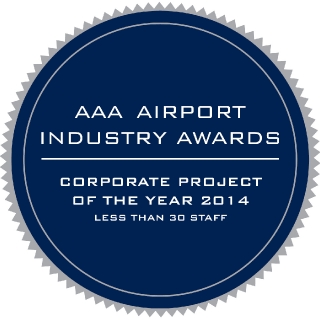
By Pavel Davidyuk, Specialist Consultant – Aviation
Fatigue is a physiological state that impacts a person’s ability to perform safety critical tasks in an effective and safe manner. The science behind fatigue is quite straightforward. The human body’s level of productivity is at its best during daytime hours, when the alertness component of the circadian rhythm is at its peak. To function effectively, humans need to rest at night so that they have energy to stay active during the day. If such conditions are met, the effects of fatigue can be limited. But contemporary lifestyles push the boundaries of human physiological and psychological capabilities through shift work, frequent travel within different time zones, increased workload and human-machine interference.
Humans who perform their duties around-the-clock, as is commonly the case in the aviation industry, cannot obtain sufficient sleep. This happens because the most restorative sleep occurs between 10 pm and 6 am. Our sleep follows biological processes of circadian rhythm responsible for our internal body clock. As a consequence, irregular working hours result in fatigue and other more serious health conditions such as sleep deprivation and chronic fatigue. Therefore, personnel who work in shifts are exposed to fatigue that cannot be eliminated, but it can be managed.
Managing the risk arising from fatigue
From a risk management perspective, fatigue is a hazard that predictably degrades various types of human performance and can contribute to aviation accidents or incidents. Examples of personnel affected by fatigue can be anyone who works irregular working hours from an airport operation officer misinterpreting an instruction from an air traffic controller to a pilot incorrectly tuning to an incorrect radio frequency.
There are different resources available for aviation businesses. The International Civil Aviation Organization publishes a set of fatigue management Standards and Recommended Practices (SARPs) that support prescriptive and performance-based approaches of fatigue management. Civil Aviation Safety Authority has a comprehensive collection of material to help aviation businesses to understand and apply the fatigue rules.
A Fatigue Risk Management System is another performance-based solution to predict risk arising from fatigue and develop strategies for effective fatigue management.
Regulatory requirements
In April 2013 CASA introduced new rules for the management of pilot fatigue set out in CAO 48.1. These requirements were improved in July 2016 to include new appendices to cover ballooning, medical transport and emergency services, and daylight only aerial work operations including helicopter mustering. The latest rules require all operators to comply with the amended new rules by the 31 October 2018 transition deadline.
To find out more about how we can assist your business to comply with relevant regulations and develop fatigue strategies to safeguard your business, please contact us on 07 3371 0788 or enquiries@aviationprojects.com.au.
